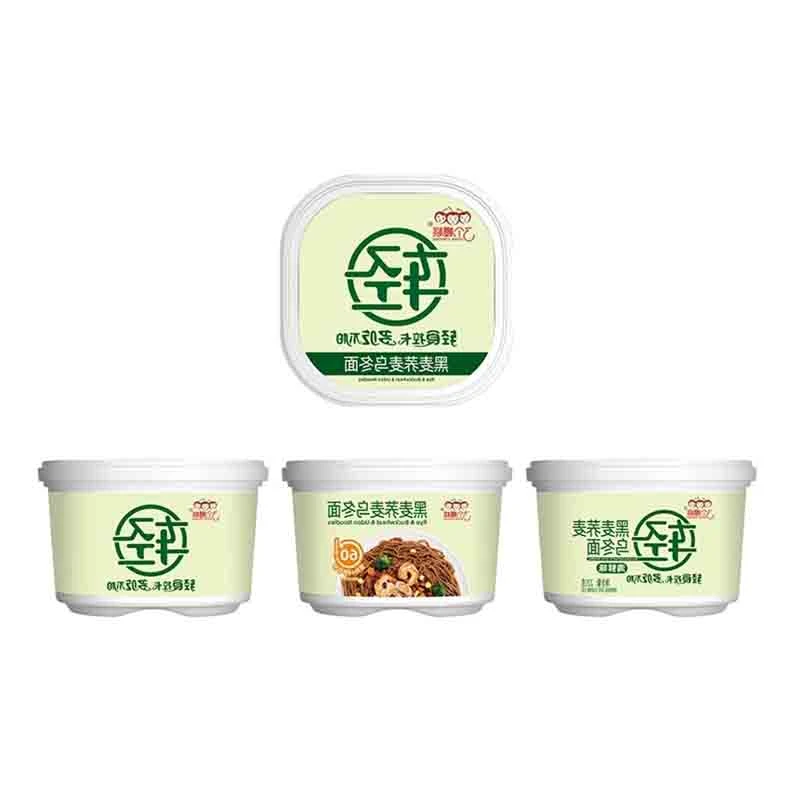Simple Homemade Fresh Pasta Recipe for Delicious Meals
Easy Fresh Pasta A Culinary Delight
Pasta is one of the most beloved staples of Italian cuisine, and for good reason. Its versatility, ease of preparation, and the delightful texture it brings to a variety of dishes make it a favorite worldwide. Among the many forms of pasta, freshly made pasta stands out for its unique flavor and texture. Fortunately, learning how to make easy fresh pasta at home is a process that can be both fun and rewarding.
Why Fresh Pasta?
Fresh pasta differs significantly from dried pasta in both taste and texture. While dried pasta is often treated to withstand longer shelf life, fresh pasta is made with simple ingredients and has a tender, melt-in-your-mouth quality that elevates any dish. The dough for fresh pasta is typically made from just flour and eggs, though many recipes may also incorporate a pinch of salt or olive oil.
Additionally, making fresh pasta allows for customization. You can add various ingredients to the dough, such as spinach for a vibrant green color, beet puree for a stunning red hue, or even herbs and spices to infuse additional flavors. This level of creativity makes fresh pasta making an exciting culinary endeavor.
Ingredients for Easy Fresh Pasta
To make easy fresh pasta, you will need the following ingredients
- 2 cups of all-purpose flour (plus extra for dusting) - 3 large eggs - A pinch of salt - 1 tablespoon of olive oil (optional)
These basic ingredients provide a solid foundation for easy fresh pasta.
easy fresh pasta

Step-by-Step Process
1. Prepare the Dough Start by creating a mound of flour on a clean surface (a wooden board works best). Make a well in the center and crack the eggs into this well. Add a pinch of salt and olive oil if using. Using a fork, beat the eggs gently and gradually incorporate the flour from the edges of the well until the mixture becomes too thick to stir with a fork.
2. Knead the Dough Once the mixture is combined, knead it by hand for about 8-10 minutes. The dough should be smooth and elastic. If it feels too sticky, sprinkle a bit more flour. Once kneaded, wrap the dough in plastic wrap and let it rest for at least 30 minutes at room temperature. This allows the gluten to relax, making it easier to roll out.
3. Roll Out the Dough After resting, divide the dough into smaller sections. Keep the sections you're not currently using covered to prevent them from drying out. Using a rolling pin or a pasta machine, roll the dough to your desired thickness. For most pasta shapes, a thickness of about 1/16th of an inch works well.
4. Cut the Pasta Once the dough is rolled out, it can be cut into various shapes. For tagliatelle, simply roll the sheet of dough loosely and slice it into thin strips. For lasagna, cut the dough into rectangles. You can also create shapes like ravioli by placing a filling between two sheets of dough and sealing the edges.
5. Cook the Pasta Fresh pasta cooks much faster than dried pasta. Bring a pot of salted water to a boil and add the pasta. Depending on the thickness, fresh pasta usually takes just 2-4 minutes to cook. Taste a piece to ensure it’s done to your liking.
6. Serve Drizzle the cooked pasta with olive oil or toss it with your favorite sauce. Fresh pasta pairs beautifully with a variety of sauces, from simple garlic and olive oil to rich cream-based sauces. Toss in some sautéed vegetables, grilled chicken, or a sprinkle of fresh herbs for a complete meal.
Conclusion
Making easy fresh pasta at home is a gratifying culinary project that can be enjoyed by anyone, regardless of experience in the kitchen. With only a few basic ingredients and some technique, you can create delicious pasta that will impress family and friends. The joy of sitting down to a bowl of fresh pasta, knowing it was made from scratch, is a delightful reward in itself. So roll up your sleeves, gather your ingredients, and embark on a pasta-making adventure that will tantalize your taste buds and elevate your cooking skills. Happy cooking!
-
Unlock the Delicious Potential of Yam NoodlesNewsAug.11,2025
-
The Authentic Taste of Lanzhou NoodlesNewsAug.11,2025
-
Savor the Art of Hand Pulled NoodlesNewsAug.11,2025
-
Indulge in the Timeless Delight of Spaghetti BologneseNewsAug.11,2025
-
Indulge in the Rich Flavor of Braised Beef NoodlesNewsAug.11,2025
-
Elevate Your Meals with the Magic of Fresh PastaNewsAug.11,2025
-
Unleash Your Inner Chef with Delectable Italian Pasta CreationsNewsAug.01,2025
Browse qua the following product new the we

















































































































